Mexico
Teresa
Margolles
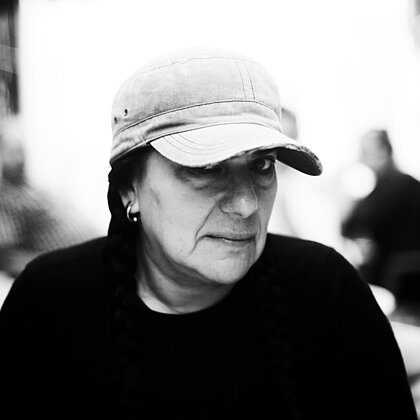
Biography
Born in Culiacán, Mexico, in 1963, Teresa Margolles studied art and communication sciences in Mexico City before starting her career as a photographer. In these early years, she learned much from Chilean and Argentine refugees who, as she puts it, “encourage a humanist vision”. She later became a member of the Semefo collective (disbanded since), in which she sang and could satisfy her interest in performance. Strongly believing that “the emotion is more direct when there are not too many elements”, she moved her art towards increasingly minimalist forms.
For the purposes of her work she frequented morgues and eventually obtained a degree in forensics. “The morgue of any country in the world is like a social thermometer,” she says. “The way people die in a city reflects the city.” What interests her, then, is neither death nor the body as a physical presence, but the economic and political conditions of her country, where the death occurs.

About the artworks
In installations that she has shown in Kassel and Vienna but also Venice, Madrid, Glasgow, Gwangju and New York, Teresa Margolles evokes the Mexican morgues where most of her works are elaborated, physically or conceptually. Her works are rooted in the endemic violence of her country, where drug trafficking, corruption and poverty cause thousands of deaths every year. Her goal is not to shock, but to force her audience to face realities that nobody wants to recognize. Confronting the war between drug traffickers and government, the score-settling between cartels, and the feminicide of Ciudad Juárez, Margolles is an emblematic artist who decries violence in works that take their visual language from the primary product of that same violence: lifeless, assassinated bodies. In the 21 photographs of 40 kilómetros she shows the altars set up under the trees between Culiacán – the capital of Sinaloa – and Playa Altata.
Paying tribute to the victims who died along this road, the series intensifies the horror through the contrast between trees as universal symbols of life and the deadly crimes committed under their boughs. If, among other things, this work draws its power from its silence, that is because the artist avoids the pitfall of saturating the media space with violent images. Let us recall, however, that for the Mexican Pavilion at the 2009 Venice Biennale, Margolles occupied a palazzo with mud and blood gathered from a crime scene. The title of the work: De qué otra cosa podríamos hablar? What else can we talk about? On the ground, the red fluid was washed away by several performers using floorcloths, filling the space with a smell that it was impossible to forget.
The artworks
04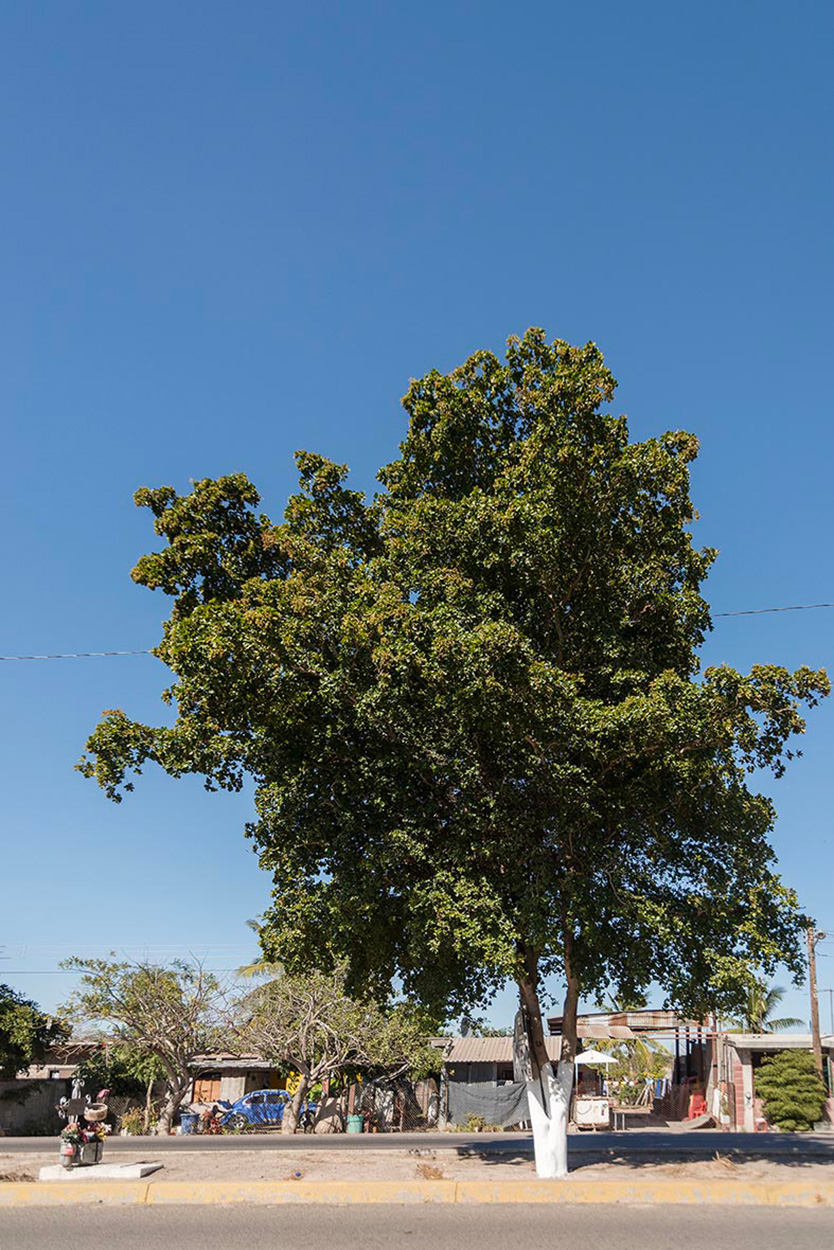
40 kilómetros, 2014
21 pieces, each 29 x 42.5 cm
40 kilómetros, 2014
21 pieces, each 29 x 42.5 cm
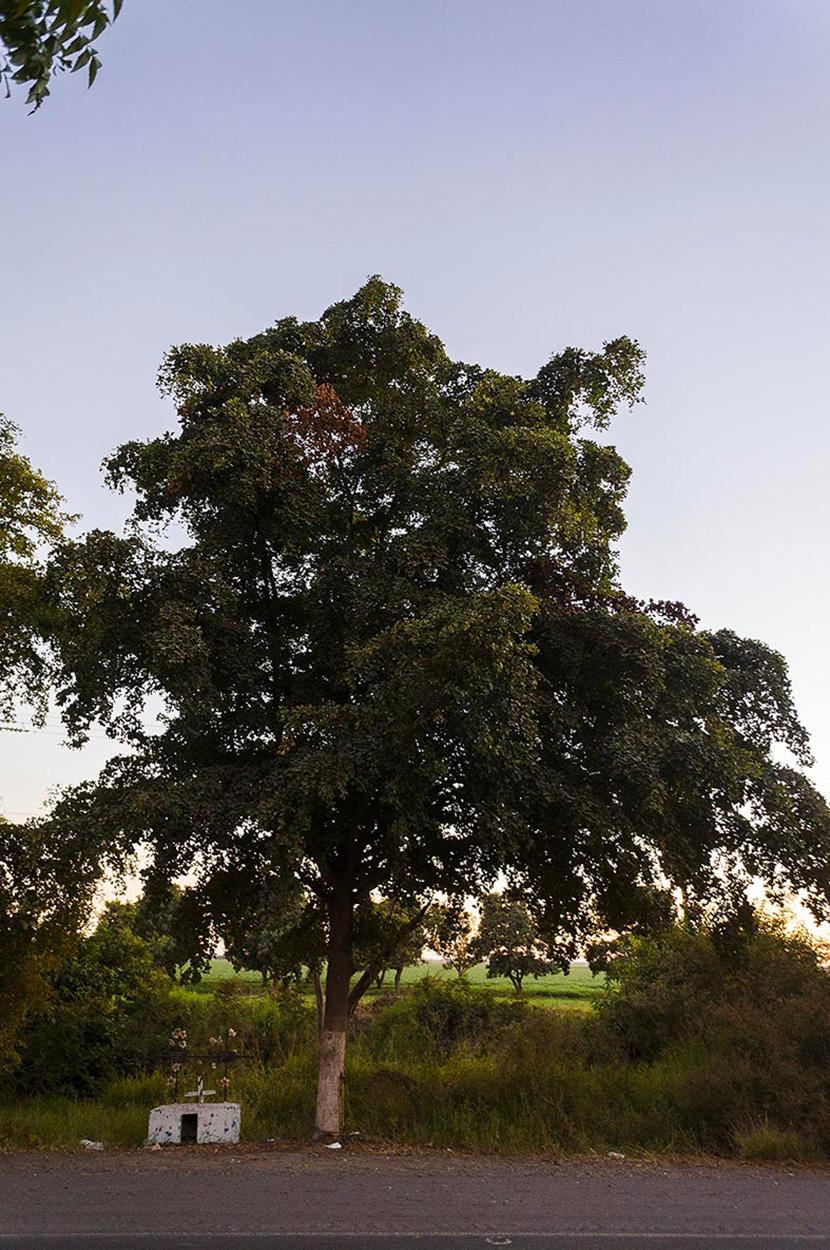
40 kilómetros, 2014
21 pieces, each 29 x 42.5 cm
40 kilómetros, 2014
21 pieces, each 29 x 42.5 cm
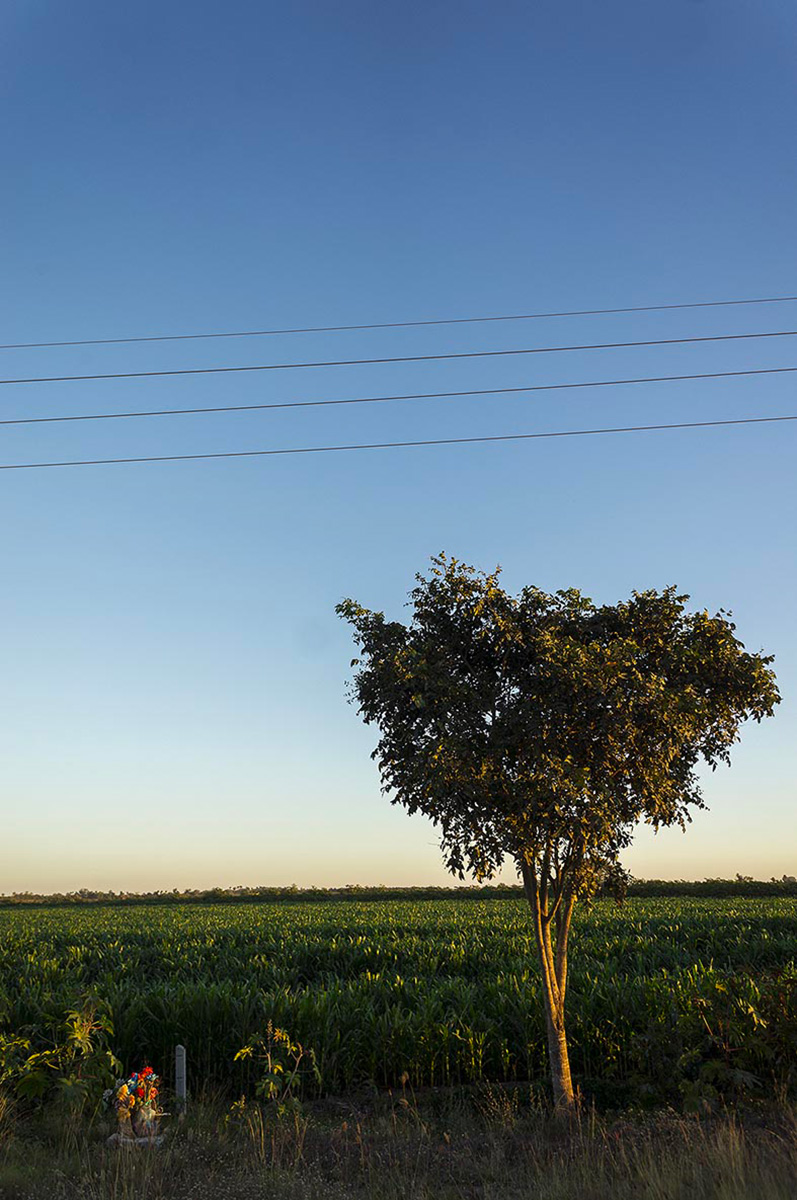
40 kilómetros, 2014
21 pieces, each 29 x 42.5 cm
40 kilómetros, 2014
21 pieces, each 29 x 42.5 cm
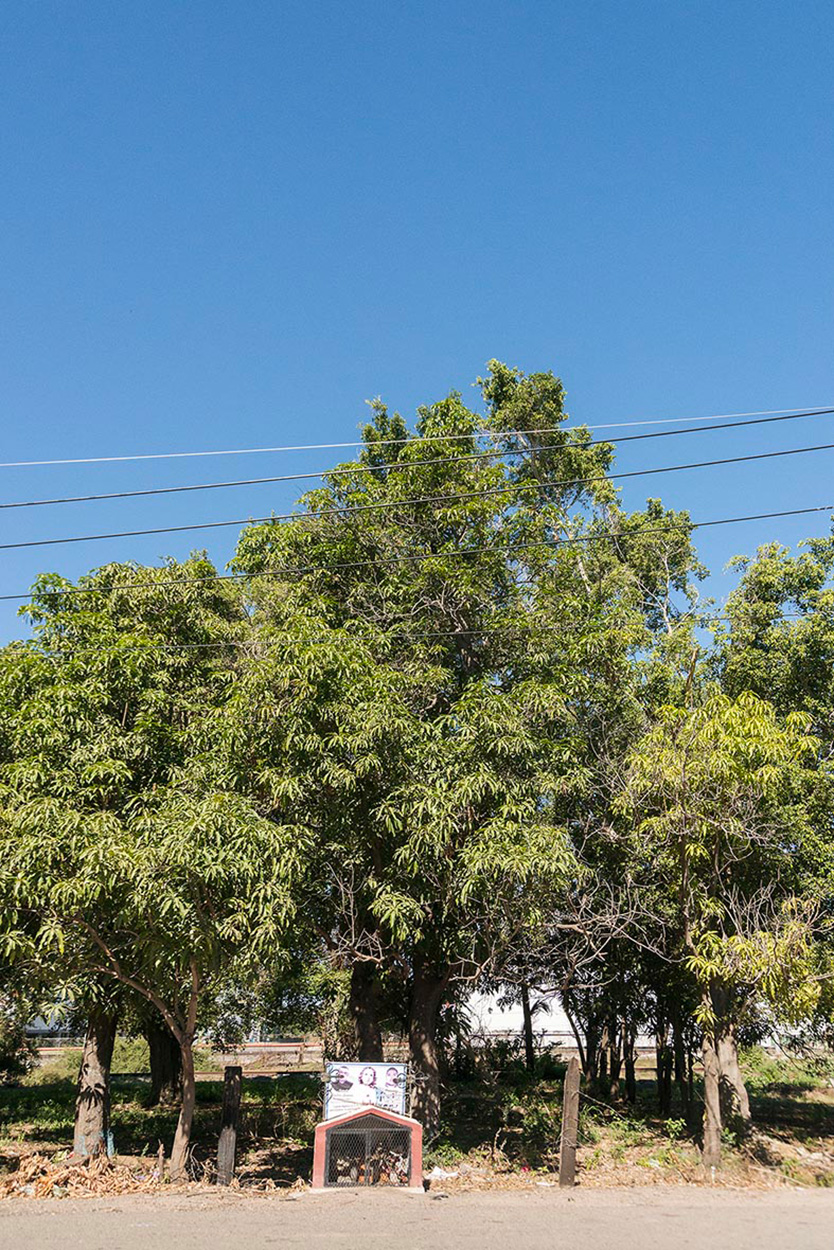
40 kilómetros, 2014
21 pieces, each 29 x 42.5 cm
40 kilómetros, 2014
21 pieces, each 29 x 42.5 cm

